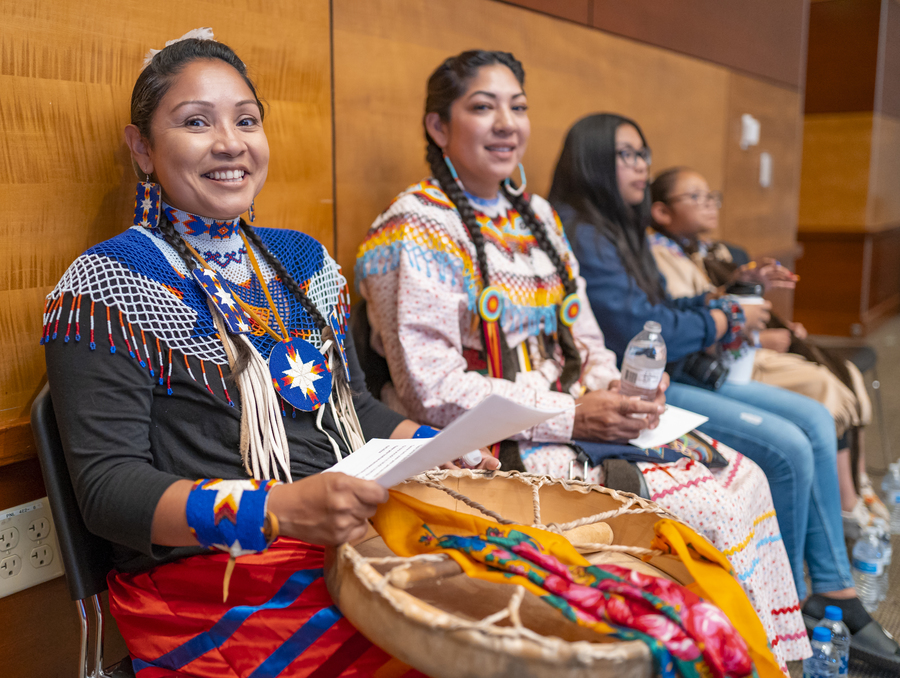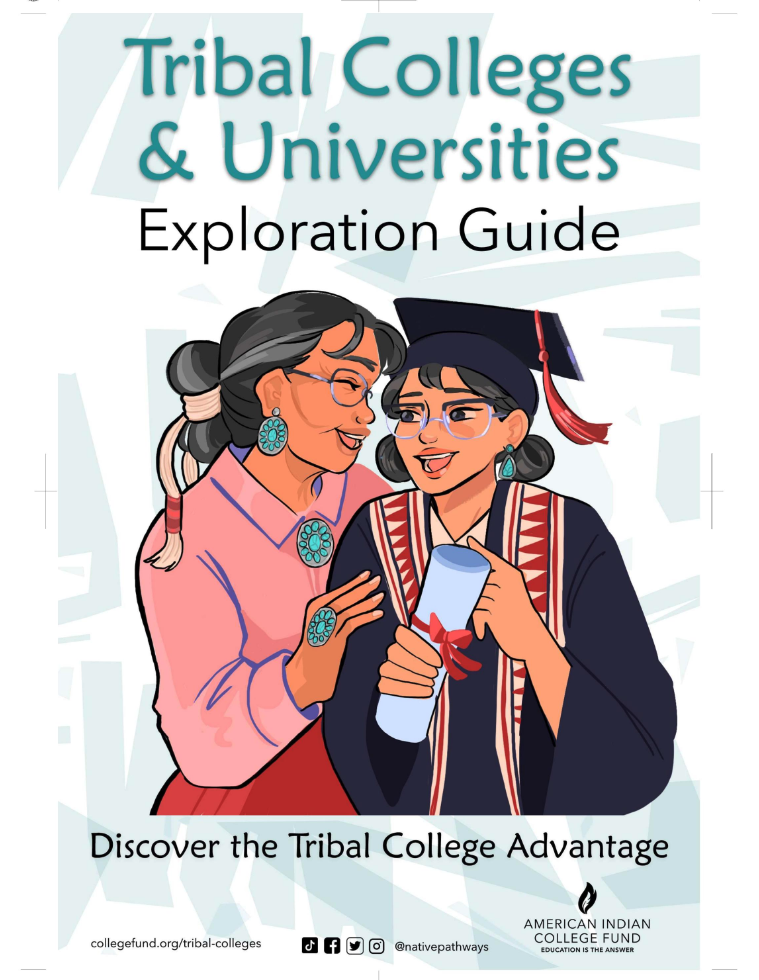
Reclaiming the Future: Tribal Colleges and the Power of Indigenous Knowledge
The story of Native American education in the United States is a narrative steeped in paradox – a history of forced assimilation shadowed by an unwavering spirit of resilience and a profound commitment to self-determination. From the devastating legacy of boarding schools designed to "kill the Indian and save the man," to the modern-day struggle for culturally relevant learning, the path has been arduous. Yet, amidst this complex tapestry, a powerful movement has emerged: Tribal Colleges and Universities (TCUs), institutions that are not merely educational centers, but vital bastions of cultural preservation, language revitalization, and the empowerment of Indigenous communities through their own knowledge systems.
The foundations of Native American education pre-date European contact, rooted in sophisticated, holistic systems passed down through generations. Children learned through observation, oral traditions, ceremonies, and direct engagement with their environment, developing practical skills, spiritual understanding, and a deep connection to community and land. This vibrant indigenous pedagogy was violently disrupted by colonization, culminating in the federal government’s policy of forced assimilation through off-reservation boarding schools from the late 19th to mid-20th centuries. Children were forcibly removed from their families, forbidden to speak their languages, practice their religions, or wear traditional clothing. Richard Henry Pratt, founder of the Carlisle Indian Industrial School, famously articulated the policy’s brutal objective: "All the Indian there is in the race should be dead. Kill the Indian in him, and save the man." This era inflicted intergenerational trauma, leading to widespread language loss, cultural erosion, and a deep distrust of Western educational institutions.
The mid-20th century, however, brought a paradigm shift. Inspired by the Civil Rights Movement and a burgeoning push for Native American self-determination, tribal leaders began to envision educational institutions controlled by and for their own people. The first such institution, Navajo Community College (now Diné College), was established in 1968 on the Navajo Nation, marking a revolutionary moment. It was the first college in the United States founded and governed by a Native American tribe, a direct challenge to centuries of imposed educational models. This act of self-empowerment ignited a movement, and today, 37 TCUs operate across 16 states, predominantly on or near reservations, serving over 30,000 students annually. Two additional TCUs serve Indigenous communities in Canada.
What sets TCUs apart from mainstream colleges and universities is their unwavering commitment to integrating Indigenous cultural knowledge systems into every facet of their curriculum and campus life. These institutions are not merely mirrors of Western academia with a Native studies department; they fundamentally re-center education around tribal values, languages, histories, and epistemologies.
One of the most critical roles of TCUs is language revitalization. Many Indigenous languages are critically endangered, with few fluent speakers remaining. TCUs offer immersive language programs, often taught by elders, providing a lifeline for languages that carry centuries of unique thought, history, and cultural understanding. At Sitting Bull College in North Dakota, for instance, students can earn degrees in Lakota language and culture, directly contributing to the survival of this vital aspect of their heritage. As Dr. Cynthia Lindquist, former President of Cankdeska Cikana Community College, eloquently states, "Our languages are our identity, our connection to our ancestors, and the key to understanding our worldview. Without them, we lose a part of ourselves."

Beyond language, TCUs are custodians of Traditional Ecological Knowledge (TEK). This vast body of knowledge, accumulated over millennia, encompasses deep understandings of local ecosystems, sustainable resource management, medicinal plants, and animal behavior. In mainstream science programs, TEK is often dismissed or ignored. At TCUs, however, it is elevated as a legitimate and invaluable scientific framework. Students might study environmental science by analyzing traditional farming practices, tracking seasonal changes through indigenous calendars, or learning about local flora and fauna from a tribal elder who holds generations of knowledge about their uses and significance. This not only enriches scientific understanding but also reinforces the cultural relevance of academic pursuits.
TCUs embrace a holistic educational philosophy, recognizing that learning extends beyond the intellectual to encompass spiritual, emotional, and physical well-being. Counseling services often incorporate traditional healing practices, and campus events frequently include ceremonies, drumming, dancing, and storytelling – activities that foster a strong sense of community, identity, and cultural pride. This approach stands in stark contrast to the often fragmented and individualistic nature of mainstream higher education, offering a supportive environment where students feel seen, valued, and understood within their cultural context.
The curriculum at TCUs is meticulously designed to be culturally relevant and responsive. History courses are taught from an Indigenous perspective, re-examining narratives often distorted or omitted in standard textbooks. Literature classes analyze Native American authors and oral traditions. Even seemingly "Western" subjects like mathematics or business are infused with cultural context. For example, a business class might focus on developing sustainable tribal enterprises, or a math class might explore geometric patterns in traditional arts or architecture. This integration ensures that students are not forced to choose between their academic aspirations and their cultural identity but can seamlessly weave the two together.
The impact of TCUs extends far beyond individual students, reverberating throughout their respective communities. They serve as economic engines, providing job training, entrepreneurial skills, and opportunities that often encourage graduates to stay and contribute to their home communities. Many graduates become teachers, healthcare professionals, tribal administrators, or business owners, directly addressing the critical need for skilled professionals on reservations.
Furthermore, TCUs are powerful catalysts for self-governance and sovereignty. By educating future tribal leaders, policymakers, and advocates, they empower communities to effectively manage their own affairs, negotiate with external entities, and assert their rights. The American Indian Higher Education Consortium (AIHEC), representing the TCUs, plays a crucial role in advocating for these institutions and promoting their unique mission.
Despite their profound success and undeniable importance, TCUs face significant challenges. Funding remains a constant struggle. While they receive federal appropriations, these often fall short of their needs, leaving many institutions to rely heavily on grants, private donations, and tribal contributions. They often operate in remote, rural areas with limited infrastructure, posing challenges for technology access, facility maintenance, and attracting faculty. Recruiting and retaining faculty who are not only academically qualified but also culturally competent and sensitive to Indigenous worldviews is another persistent hurdle.
Nevertheless, the future of Tribal Colleges and Universities shines brightly. They are increasingly recognized as innovative models for culturally relevant education, not just for Indigenous peoples but for diverse populations globally. They are proving that academic excellence and cultural integrity are not mutually exclusive but deeply intertwined, leading to richer, more meaningful learning experiences.
In a world grappling with issues of cultural identity, environmental sustainability, and social justice, the wisdom embedded in Indigenous knowledge systems is more relevant than ever. Tribal Colleges and Universities are not just preserving this knowledge; they are actively revitalizing it, transforming it into a powerful tool for self-determination and a beacon of hope for future generations. They are living testaments to the enduring strength of Native American cultures, proving that after centuries of attempts to erase them, Indigenous peoples are not only surviving but thriving, educating their own, and, in doing so, enriching the entire world.
